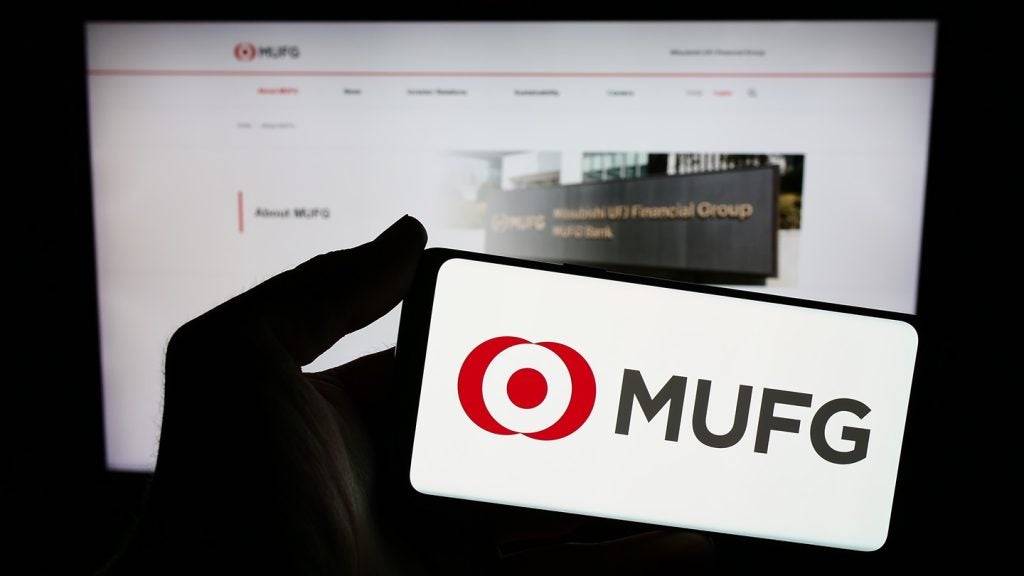starting to plough more investment into private banking. The
Commonwealth Bank’s private banking arm has been an ‘orphan’,
admits wealth chief Edward Tait, but now has solid priorities. Over
at rival ANZ (see
Ambitious ANZ looks to Asia), the approach is to build an Asian
wealth empire.
Edward Tait, a former banker from investment banking force
Macquarie, headhunted 12 months ago by the Commonwealth Bank of
Australia (CBA) as executive general manager of the Private Client
Services group, says that the bank’s new private banking model is
working well, delivering impressive growth rates.
How well do you really know your competitors?
Access the most comprehensive Company Profiles on the market, powered by GlobalData. Save hours of research. Gain competitive edge.

Thank you!
Your download email will arrive shortly
Not ready to buy yet? Download a free sample
We are confident about the unique quality of our Company Profiles. However, we want you to make the most beneficial decision for your business, so we offer a free sample that you can download by submitting the below form
By GlobalDataThe reason for the rapid success, says Tait, is the way the new
model has been formulated. Where previously the CBA’s private bank
had “no parentage, no history, and wandered from one part of the
bank to another”, in his words, now it is firmly part of the CBA’s
wholesale banking division, where it leverages the bank’s
stockbroking arm CommSec, the margin lending operation and also the
resources of wealth and funds management unit Colonial First
State.
The CBA’s model is different to those being pursued by its major
Australian rivals. At National Australia Bank (NAB), for example,
the private bank sits within business banking, while Westpac
recently merged its private bank with funds management arm BT.
Among foreign players, UBS leverages its global asset management
strengths.
ANZ is strongly into segmenting its customers, offering different
products to business owners, expatriates, doctors and lawyers.
These different models reflect an Australian private banking market
that is still immature, despite the sophistication of the
Australian financial system and the rapidly increasing wealth of
the population.
The CBA, Tait freely admits, has previously underinvested in the
private bank, with its 14,000 clients – up around 25 percent in the
last 12 months. Tait’s role is to manage “all the client-facing
wealth management activities”, including the CBA’s private bank,
now headed by Richard Nunn. Nunn was previously with Colonial First
State.
Great strength
Tait says the private bank’s great strength, which has been under
utilised, is the CBA’s “extraordinary network” which includes the
country’s biggest retail stockbroker and the biggest funds
manager.
“The CBA has 9 million or so accounts and I suspect that we, like
many others in the commercial banking world, are not great at
referral protocols within the organisation and this is a piece in
terms of building our private bank,” he says.
“We need to be able to identify those client segments within the
organisation which would see value in using the capabilities of our
private bank, and so far we’ve been very successful on focusing on
our existing client base rather than worrying about clients outside
our network.”
To achieve that, Tait acknowledges the private bank needs
cooperation between all areas of the CBA’s business and a practical
framework for referring potential clients. Up to now, that has been
done on a rather ad hoc basis but that is about to change.
“We are about to launch our internal referral protocols which are
based on the assumption of where the client’s needs are best going
to be serviced,” he says. “That is a simple premise and given that
premise the cooperation between the various businesses within the
bank has been staggering, and people are all very keen for those
clients to find their way to the right place.
“So there are a whole bunch of internal incentives to do that, but
in my mind that is a crucial prerequisite for the success of the
private bank and I’m happy to say we are right on track for that so
I am very excited.”
Client focus
The CBA’s focus is on clients with A$250,000 ($231,000) in annual
income and A$2.5 million in net worth, although Tait says he
doesn’t like to be “too prescriptive”. The real “sweet spot” in the
market, he says, are families with net wealth of A$3 million to A$6
million.
“But you have to have a bit of flexibility because you have people
on the cusp and they can get very irritated if you say they can’t
join,” he says. “Many of these people are on the way up and we have
to realise that if they aren’t in that client range now, they soon
will be, and we certainly don’t want to alienate them.
At the core of the new model, says Tait, is the concept of advice,
and this ranges from traditional financial planning to accountancy,
legal and estate planning advice. In the current uncertain market,
portfolio construction is also becoming crucial and the CBA has
been increasing its capabilities in this area.
“This advisory model has never been clearly enunciated at the CBA
until now,” he says. “But now we’ve made some important hires and
we feel we have as good a team as anywhere in the country.
“We have a mantra in our business that we are focused on delivering
the best risk-adjusted after tax returns in whatever structure it
may be: in superannuation, in assets held, and the fact that risk
has reappeared on the horizon is really important to us and with
our model has become an opportunity.”
Changes offshore
While the CBA private bank is in a major growth phase at home, its
new focus has resulted in changes offshore. In October last year,
the CBA sold its Singapore-based private client business, which had
over $600 million in assets under administration, to Schroders for
$10 million. This CBA unit, with 12 staff, was acquired in 2005
from the King Eng group.
While the Singapore market is very important from a global private
banking perspective, “we are not grown up enough to be a global
private banking player”, says Tait, a banker who tends to be
refreshingly frank. He says the Singapore business was essentially
done “on a whim” without any really strategic thinking of how it
might fit with the larger CBA private banking business.
“In the end we had to question the comparative advantage we had
from that business,” he says. “Did we really think we could build a
niche in Singapore? Now we are putting our resources into getting
Australia right and really well developed, and using our position
as a strong Australian-based bank.
“Then once that is done, if we think that is transferable offshore
we’ll have another go, but at the moment I don’t think we had
anything that was comparatively different or interesting in
Singapore for us to be a competitor, so right now we are focusing
on the bigger piece.”








